Deep Personalization: The Key to a Smarter Marketing Strategy
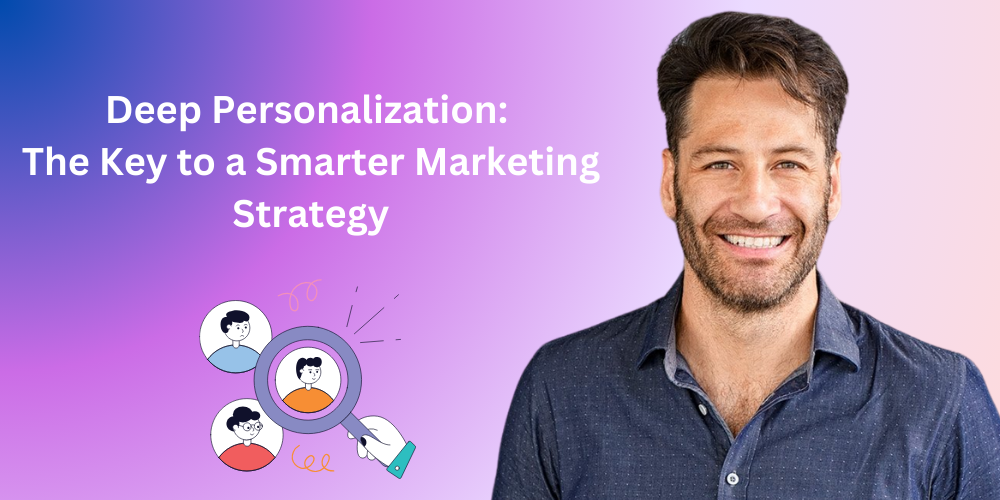
Want to stop your emails from getting ghosted and your ads from being ignored? It’s time to ditch the generic and embrace the deeply personal. Deep personalization isn’t just the latest buzzword—it’s the secret sauce behind marketing strategies that actually convert.
Whether you're running a B2B campaign or trying to stand out in the crowded eCommerce jungle, tapping into customer data to create hyper-relevant experiences can take your results from "meh" to "wow."
In this article, we’ll break down what deep personalization really means, why it’s essential, and how to implement it across your marketing channels to boost engagement, conversions, and customer loyalty.
What is Deep Personalization in Marketing?
Deep personalization isn’t just throwing someone's name into an email. Nope, it’s way cooler. It involves using detailed data about customer behaviors, interests, past interactions, purchase history, and even their quirks to deliver ultra-specific messages and experiences.
Imagine knowing exactly what your customers want even before they do. Creepy? Nah, it's just good marketing. Deep personalization helps you anticipate needs and tailor offers that resonate on a personal level, leading to genuine customer connections.
Why Deep Personalization Matters for Marketers

Because honestly, generic marketing is about as appealing as cold coffee. Customers today expect personalized experiences, and they’re not shy about switching brands if they don’t get them.
According to a recent study from Epsilon, around 80% of customers prefer buying from brands that personalize their experiences. Plus, when you show customers you understand their needs, you don’t just make a sale—you earn loyalty (and probably a few rave reviews).
Deep personalization boosts brand trust and positions your company as attentive, caring, and customer-centric.
Best Use Cases for Deep Personalization in B2B and B2C Marketing
Deep personalization works especially well in B2B marketing, where relationships matter more than quick transactions.
Unlike B2C, B2B involves longer sales cycles, multiple stakeholders, and numerous touchpoints, making personalization essential.
In B2B, personalizing content and outreach strategies at every interaction shows potential clients that you deeply understand their unique challenges and can provide specific solutions.
But hold on—this doesn’t mean deep personalization is useless for B2C. Quite the opposite! It's brilliant for boosting engagement, increasing customer satisfaction, and turning casual shoppers into loyal brand advocates.
In B2C, personalized recommendations, targeted promotions, and tailored experiences significantly boost conversion rates and customer retention.
Top Benefits of Deep Personalization

Let’s take a look at the top benefits of incorporating deep personalization into your strategy.
- Higher Engagement: Tailored content grabs attention like a cute puppy video. It just works because customers feel heard and understood, increasing their likelihood to interact with your brand.
- Better Conversion Rates: Personalized campaigns hit the right pain points, increasing the odds of conversion. When marketing feels custom-made, customers are more likely to act.
- Increased Loyalty: Personalized experiences make customers feel valued, leading them to stick around longer and even advocate for your brand.
- Competitive Edge: Stand out from your bland competitors who are still stuck on "Dear Customer." Deep personalization makes your brand memorable.
- Efficient Marketing Spend: Targeted campaigns mean less wasted time and money because every message hits the right audience.
8 Effective Deep Personalization Strategies for Marketing
Ready to take your marketing to the next level? Here are 8 powerful deep personalization strategies that will help you connect with your audience on a whole new level and drive better results.
1. Account-Based Marketing (ABM)

Forget casting a wide net—ABM is all about laser-targeting high-value accounts with precision. Instead of wasting resources on generic outreach, ABM allows you to focus on the accounts that matter most to your business.
Tools like Terminus and Demandbase enable you to craft tailored messages for specific decision-makers, ensuring your marketing hits the mark every time. Think sniper rifle accuracy, not scattergun luck.
ABM not only aligns your sales and marketing efforts but also ensures that your messaging directly addresses the pain points and needs of each targeted account, boosting effectiveness and increasing your chances of closing deals. This hyper-focus on the right prospects leads to more qualified leads and stronger business relationships.
2. Dynamic Content for Websites
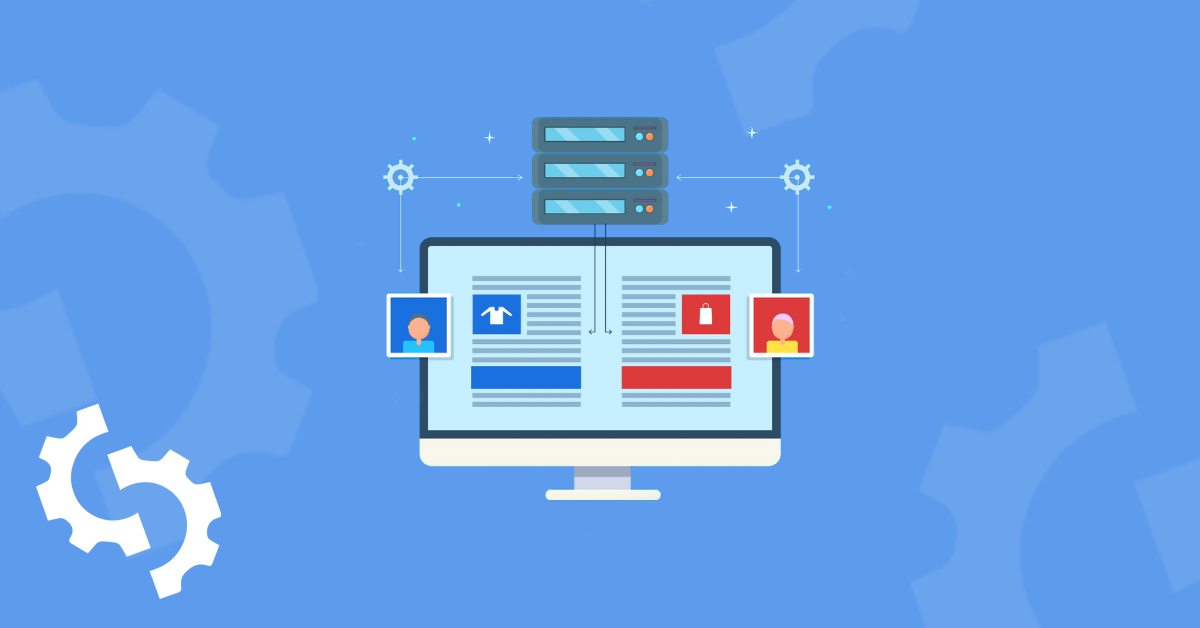
Imagine your website magically adapting its content based on who's visiting—sounds like wizardry, right? But with dynamic content, it’s entirely possible.
Tools like Optimizely and Adobe Target allow you to display personalized content in real-time, adjusting recommendations based on the visitor’s past behavior, location, industry, and even factors like weather conditions. This tailored experience feels highly relevant, making visitors more likely to engage and convert.
Whether it's showing specific product recommendations, localized content, or even personalized offers, dynamic content adapts to the user's preferences, creating a seamless and engaging experience that significantly boosts conversion rates and encourages repeat visits.
3. Personalized Email Marketing Campaigns
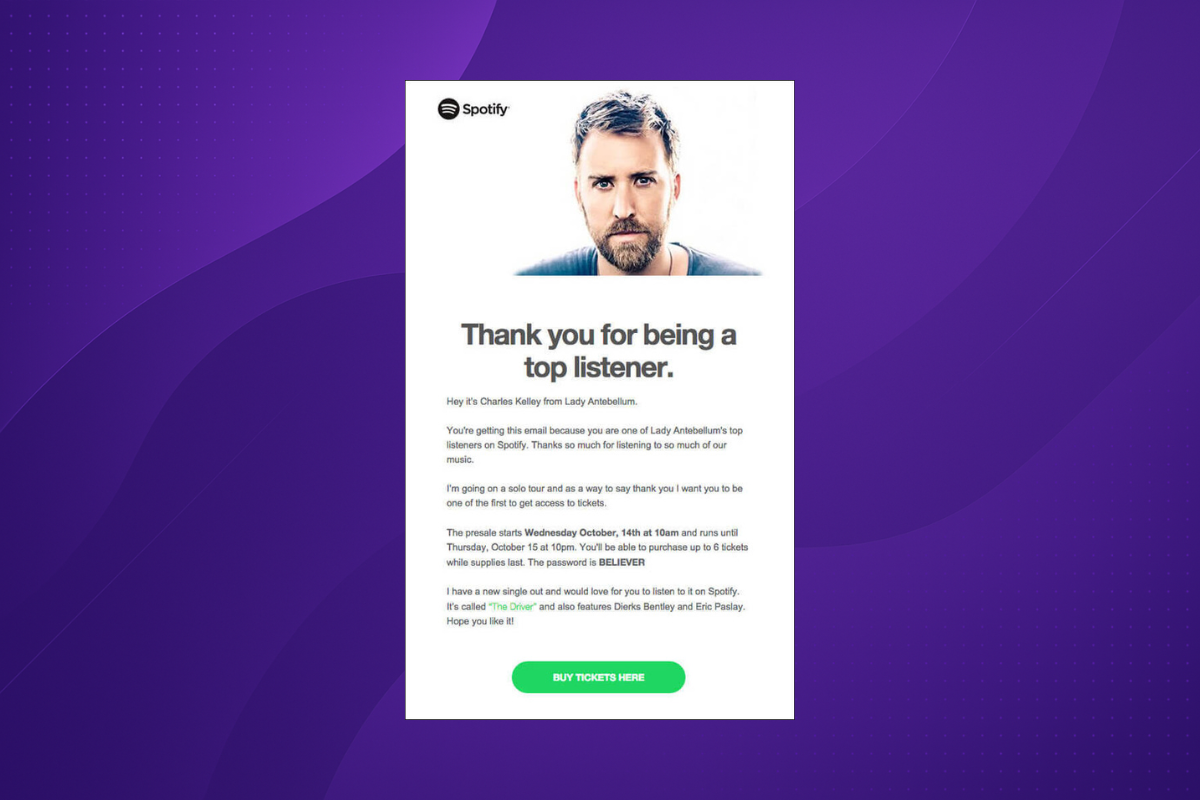
Gone are the days of generic emails that start with “Hello [First Name].” Modern email marketing is all about delivering content that speaks directly to the recipient’s needs and interests. By using data from past purchases, browsing behavior, and demographic insights, you can send emails that feel incredibly personal and highly relevant.
Platforms like HubSpot, Mailchimp, and ActiveCampaign help automate this process, ensuring that each message is timely, well-targeted, and valuable to the recipient. Personalized emails lead to higher open rates, better engagement, and ultimately, improved conversions.
By segmenting your email list and tailoring content to different customer groups, you create an experience that feels individualized, building stronger relationships and driving sales.
4. Retargeting Ads for Higher Conversions
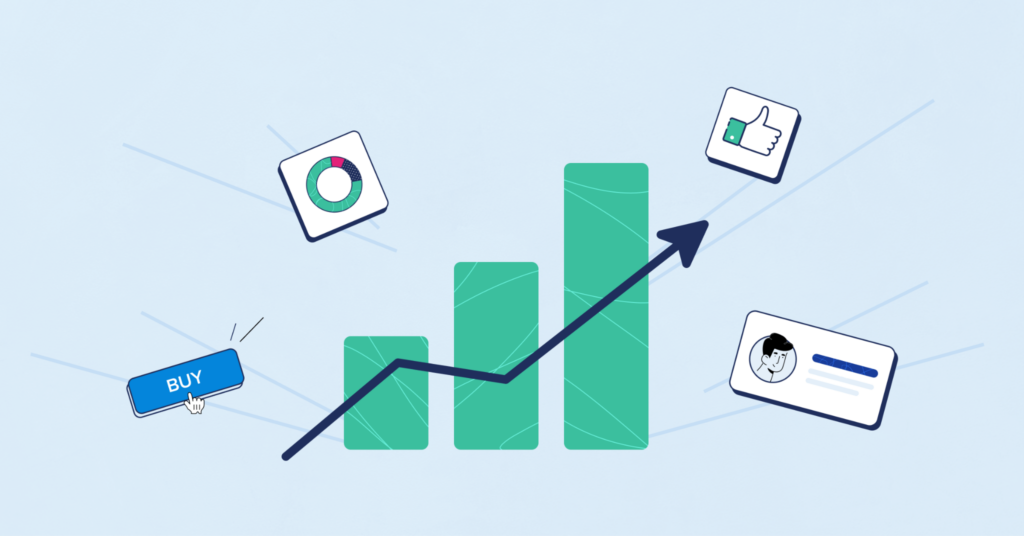
Ever been stalked by an ad for those shoes you almost bought? That’s retargeting in action, and it’s one of the most effective ways to bring back potential customers. Platforms like AdRoll, Google Ads, and Facebook's Dynamic Ads allow you to re-engage users who’ve previously interacted with your site or products.
By showing them ads for the exact items they browsed or abandoned in their cart, you gently nudge them to complete their purchase. This form of deep personalization works because it keeps your brand top of mind and reminds customers of what they wanted, increasing the likelihood that they’ll return and convert.
Retargeting ads significantly boost conversion rates, as they target an already interested audience—customers who just need a little extra push to make a decision.
5. AI-Powered Chatbots for Personalized Support
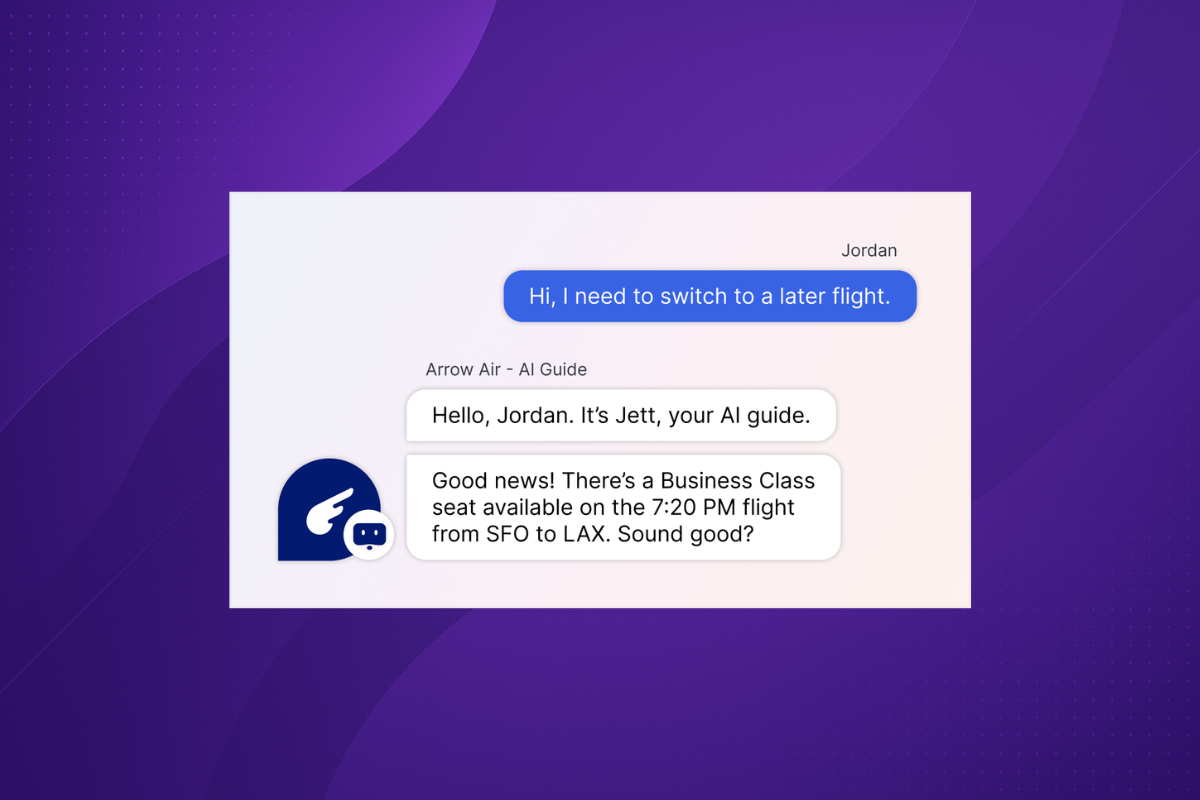
Your customer service team just got an upgrade—thanks to AI-powered chatbots. Bots like Drift, Intercom, and LiveChat provide personalized support around the clock, offering immediate responses and tailored solutions based on past interactions.
These bots not only help solve problems quickly but also enhance the customer experience by remembering previous conversations and anticipating future needs.
By offering personalized assistance 24/7, you increase customer satisfaction, reduce friction, and ultimately build stronger relationships. Plus, chatbots can seamlessly hand off complex issues to human agents when needed, ensuring a smooth and efficient support experience.
6. Personalized Landing Pages for Better Results

Want to turn more visitors into customers? Start with a personalized landing page. Just like customizing your online shopping experience, personalized landing pages show users exactly what they’re looking for.
Tools like Unbounce and Leadpages allow you to create landing pages that adapt based on visitor data, including their past behavior, source of traffic, and demographics.
By presenting the most relevant content to each visitor, you significantly increase the chances of conversion.
Whether it’s a tailored offer, a product recommendation, or localized content, personalized landing pages make the experience feel unique, improving engagement and encouraging users to take action, whether it’s making a purchase, signing up, or requesting more information.
7. Social Media Targeting Strategies

Facebook and LinkedIn aren’t just platforms for socializing—they’re powerhouse tools for personalized marketing. These platforms offer detailed targeting capabilities, allowing you to create highly specific audience segments based on factors like job roles, interests, behavior, and even past interactions.
By leveraging this data, you can tailor your messages to reach the people most likely to engage with your content or convert into customers.
Facebook’s Custom Audiences and LinkedIn’s Matched Audiences are just a few tools that let you segment your audience down to a granular level, ensuring that your ads are seen by the right people.
Whether you're running paid campaigns or organic posts, social media targeting ensures higher engagement, improved ROI, and more relevant interactions with your brand.
8. Predictive Analytics to Anticipate Customer Needs
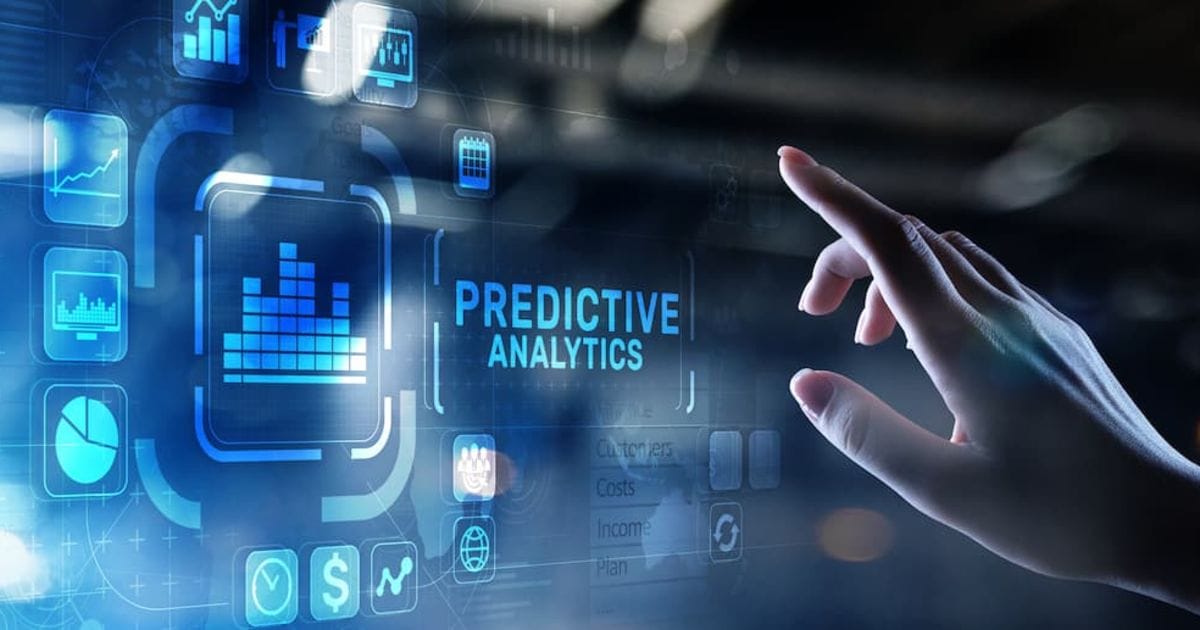
Predictive analytics is like having a crystal ball for your marketing strategy. Tools like IBM Watson, Google Analytics, and Salesforce Einstein analyze your customer data to predict future behaviors, helping you anticipate needs before they arise.
By understanding patterns in past purchases, browsing habits, and engagement metrics, predictive analytics allows you to craft offers that are relevant and timely. This proactive approach can help you stay ahead of the competition, personalize your marketing messages, and increase customer satisfaction.
For example, if a customer is predicted to be interested in a certain product based on their behavior, you can send them a personalized offer before they even realize they want it. This results in a more tailored experience and an improved likelihood of conversions.
The Future of Personalized Marketing

The future of marketing isn't mass messaging—it's deep personalization. Customers no longer tolerate generic marketing. They demand messages that resonate personally.
Sure, balancing personalization with data privacy is tricky, but those who nail it win big. Advances in AI and machine learning make deep personalization more accessible and powerful than ever, setting the stage for a future where every interaction is customized.
Why Deep Personalization is Essential for Marketing Success
Deep personalization isn’t a passing trend—it’s the way forward. By truly understanding your customers and delivering exactly what they want, you build stronger relationships, boost sales, and leave your competition wondering what just happened.
So, quit the generic spam and start getting personal. Your customers (and your bottom line) will thank you.